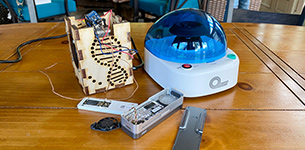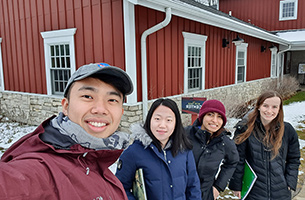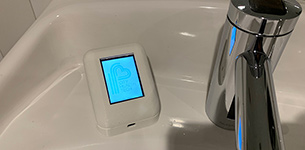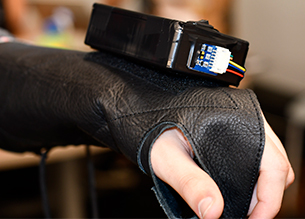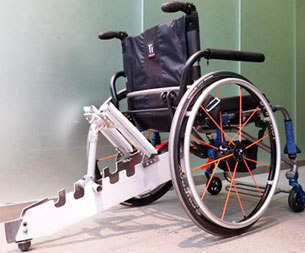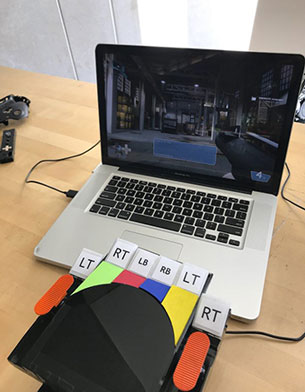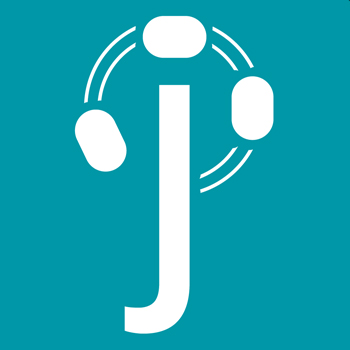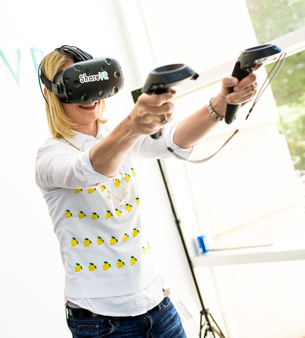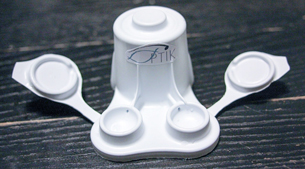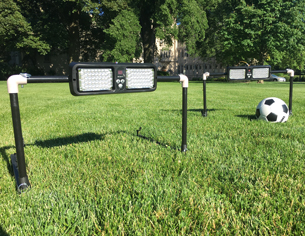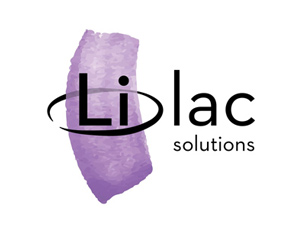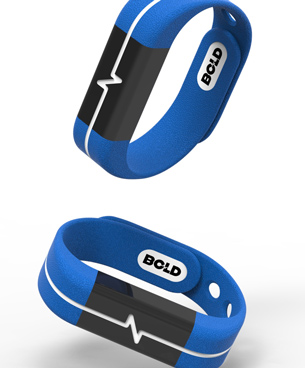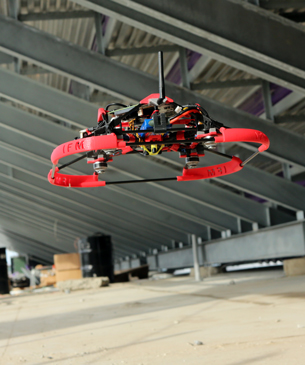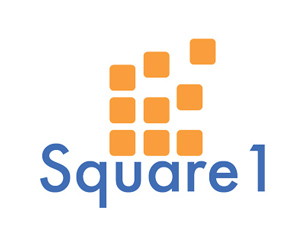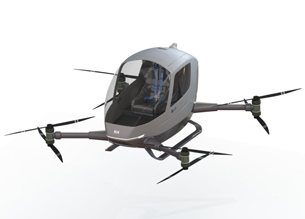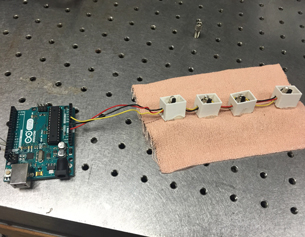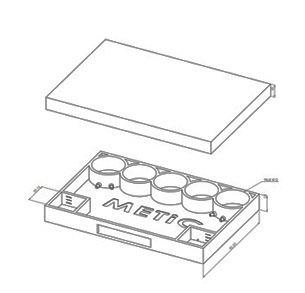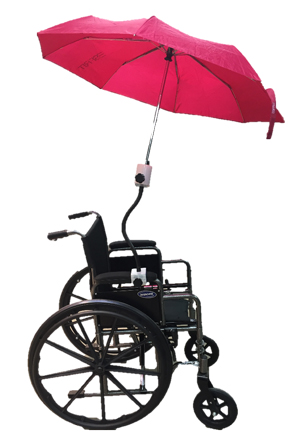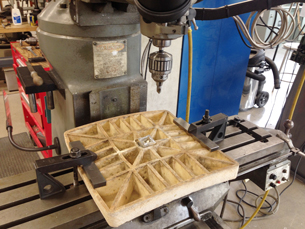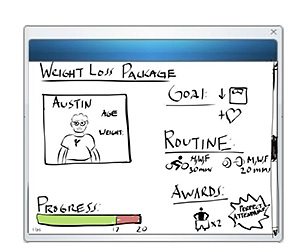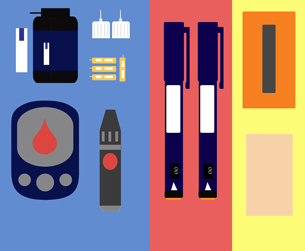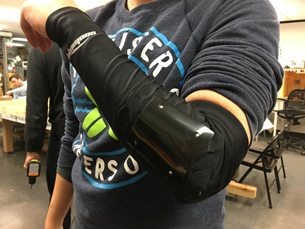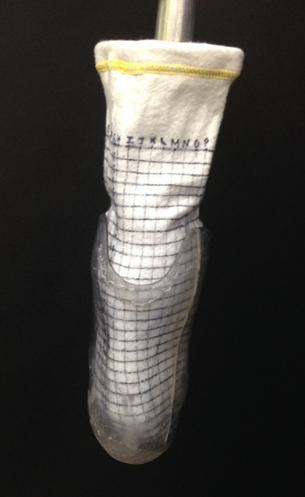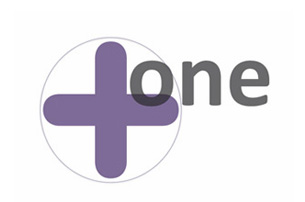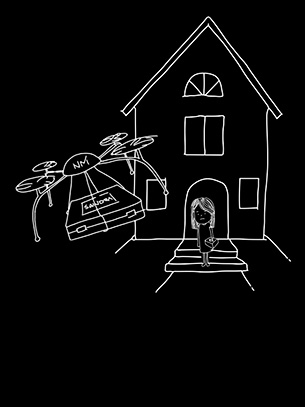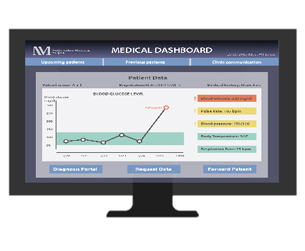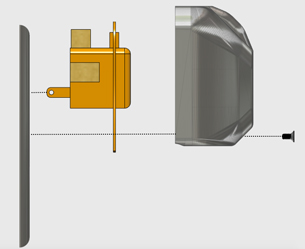The Future of Primary Health CareA systemic and strategic solution for virtual health care
Dr. Lyle Berkowitz, associate chief medical officer of innovation at Northwestern Memorial HealthCare, and Chris Pagano, program coordinator for Northwestern Memorial Hospital, wanted to investigate the possibilities of virtual care. A group of five graduate students in an MS in Engineering Design Innovation (EDI) course provided a forward-thinking solution rooted in human-centered design.

Problem
Northwestern Memorial HealthCare posed the question: How might we redesign primary care using virtual healthcare systems to account for 10 times more patients?
Healthcare is one of the biggest issues today and it is an issue that affects our entire population. A holistic virtual care system designed with both patients and healthcare workers in mind could have unprecedented impact on the everyday person., The Future of Primary Health Care, Team member
Solution
With the coaching of Greg Holderfield, the D. Eugene and Bonnie L. Nugent Clinical Associate Professor of Mechanical Engineering and director of the Segal Design Institute, the five students developed a systemic and strategic solution for virtual care that takes into account the growing Internet of Things (IOT) market, relation dynamics between physicians and non-clinicians, and quality perception of patients.
In their designed system, each patient would receive an IOT device that would generate data that would then be pulled into the medical system and combined with voluntarily pushed qualitative data. An algorithm would take these varied inputs and pump out numerous data visualizations that describe a current patient’s condition.
The system would then triage the care for each specific patient, ranging from those who need immediate care to those who require no care. The triage information would be forwarded to the non-clinician team for further analysis and care delivery.
A backend infrastructure, meanwhile, would be implemented and designed around the entire medical team, so that IOT usage would not create more work for physicians. The system fosters trust and efficient communication between patients, non-clinicians, and physicians.
Development Process
In developing their solution, the students:
- Conducted primary research, including their own individual doctor visits as well as interviews with doctors, patients, and non-clinicians, and secondary research, which included studying existing virtual healthcare options.
- Generated a list of user tensions and synthesized information into three major themes: trust, communication, and quality of care. For each theme, the group highlighted the tensions faced by patients, non-clinicians, and physicians.
- Created systems of solutions around these themes that could provide a holistic virtual care system before assessing each solution’s desirability, feasibility, and viability.
- Captured feedback from all stakeholders for further ideation.
Current Status
“The Future of Primary Health Care” project is currently in the hands of the Dr. Berkowitz-led team, where it is being synthesized with three other projects from the 2015 design strategy class.
Updated May 2016
Team MembersStephen Arlington, Sanjeet Das, Adam Morabito, Kristine Oak, Jaime Zhang
Community PartnerNorthwestern Memorial Hospital



